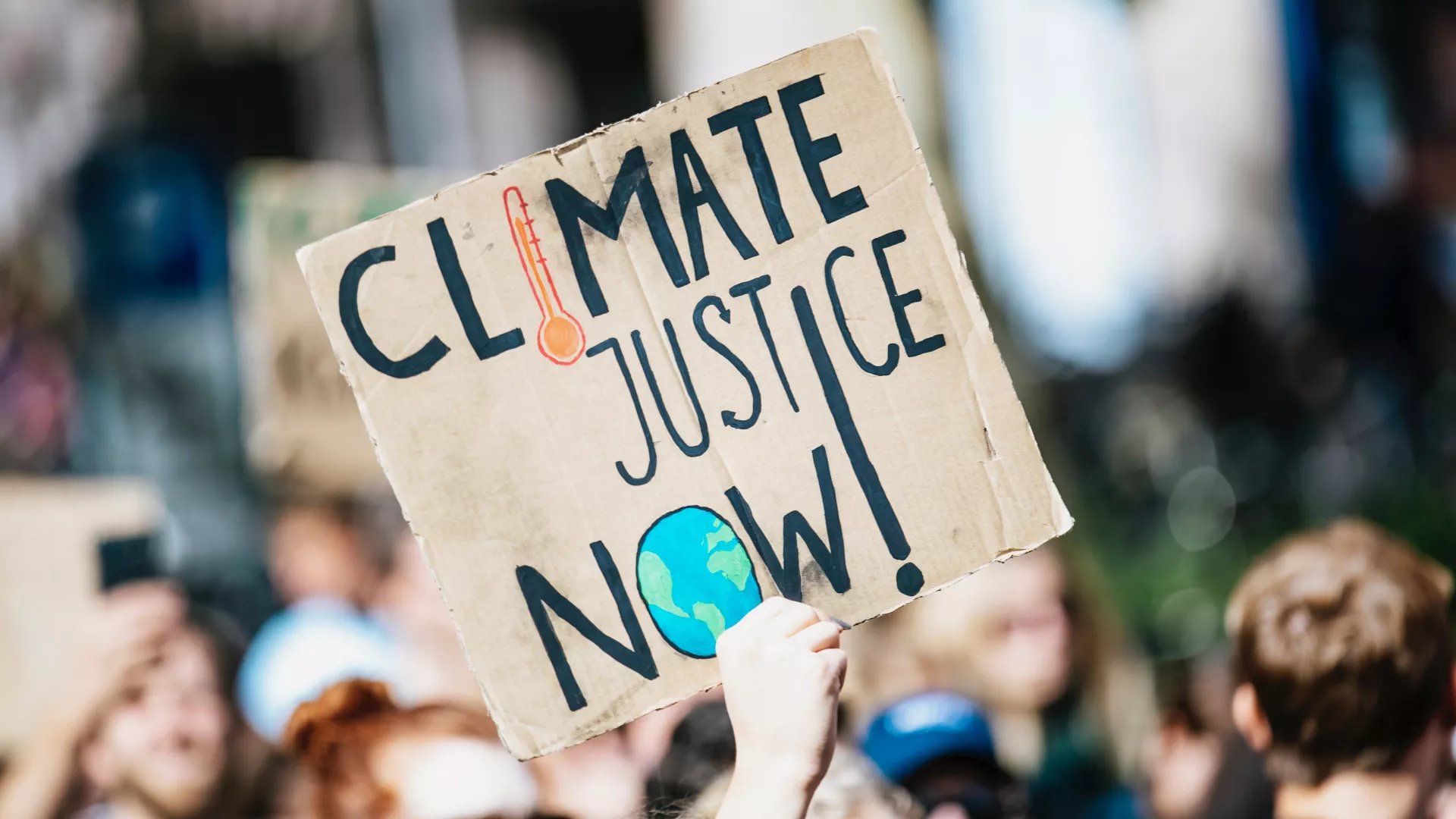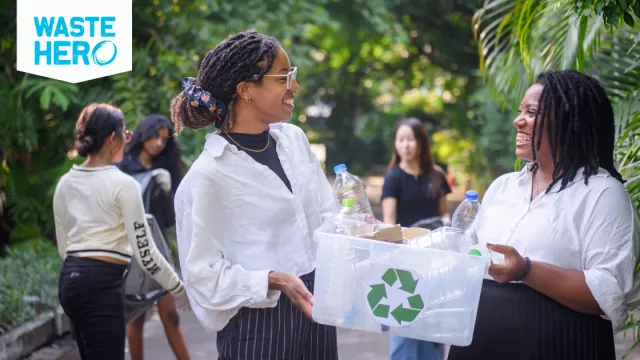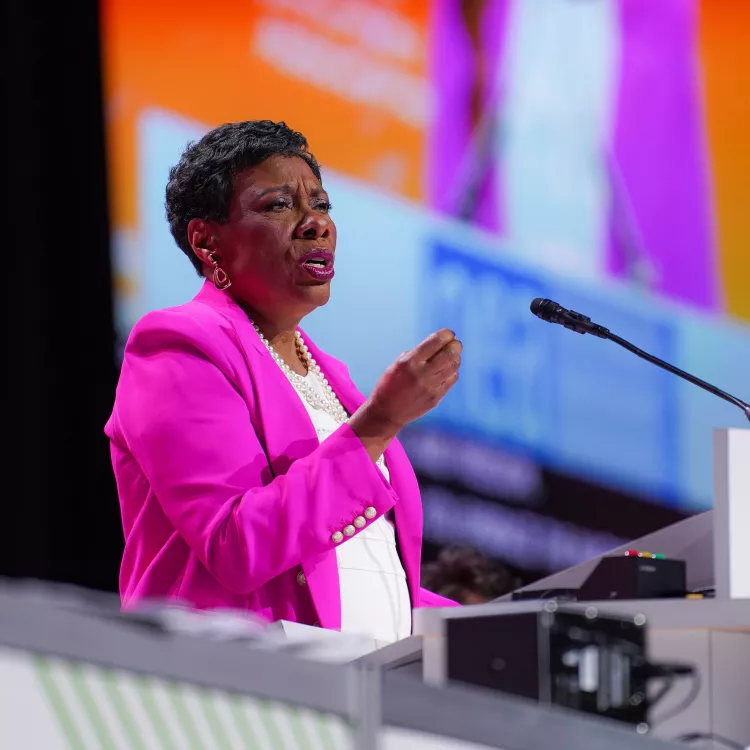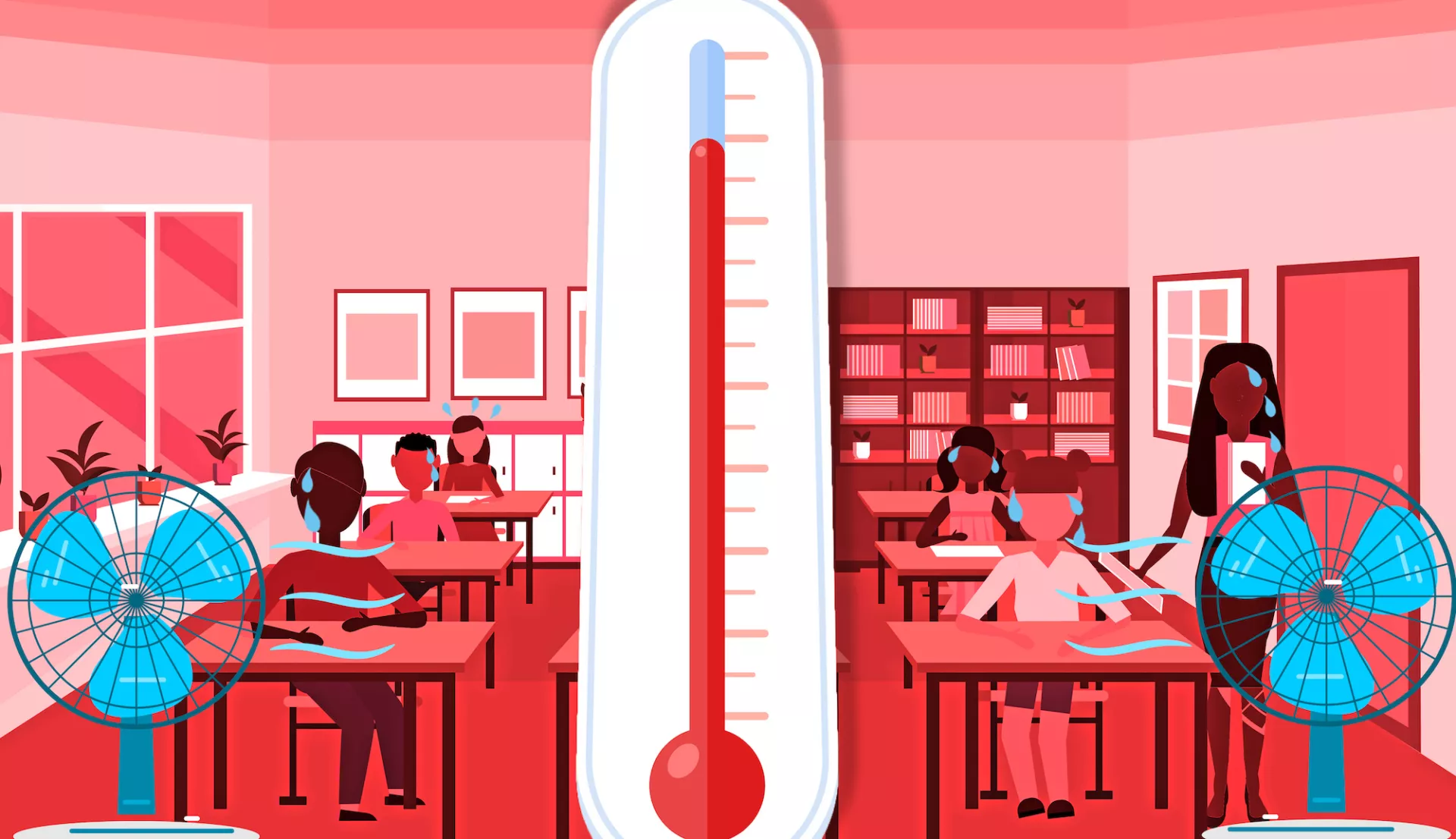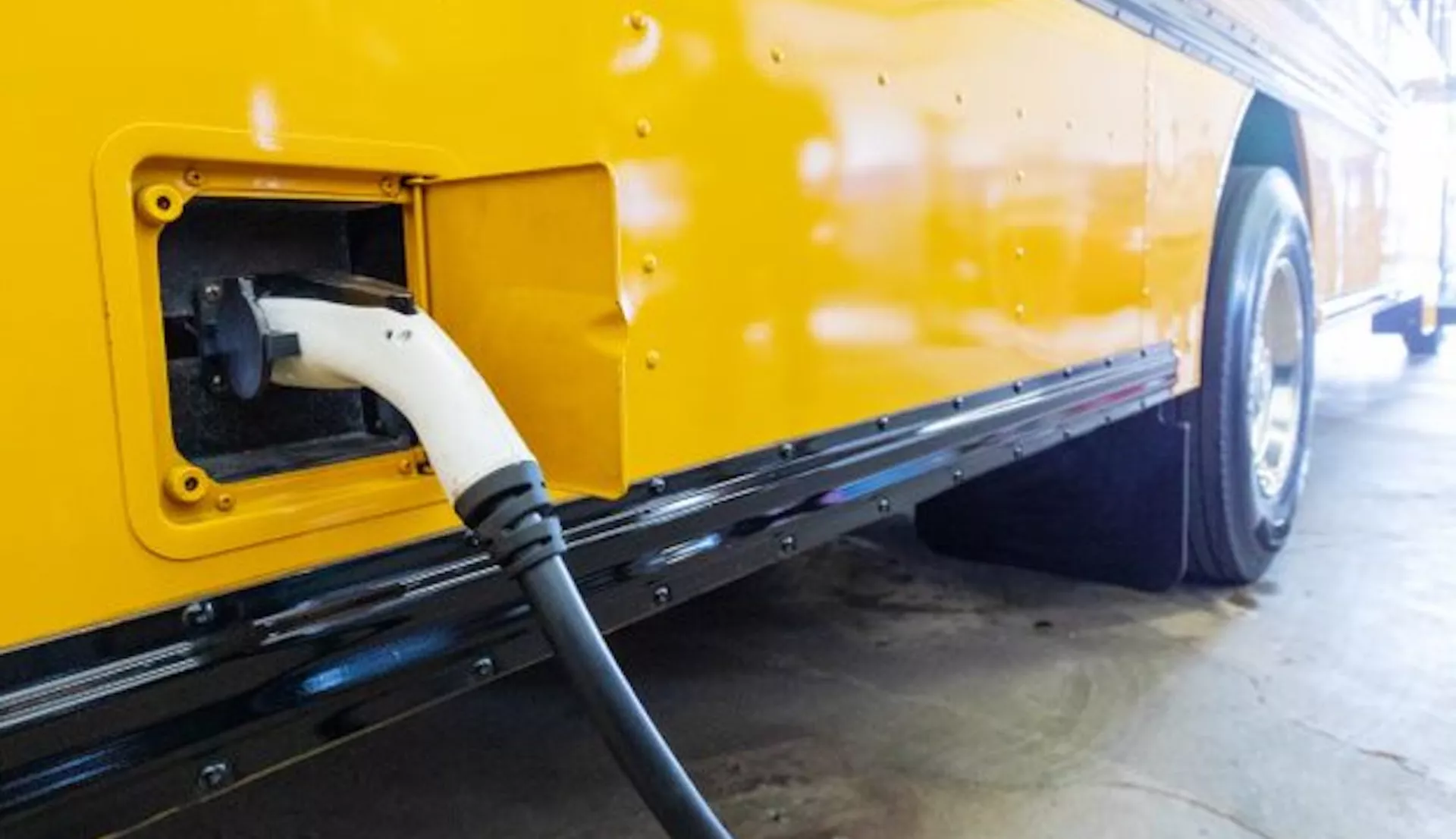The NEA recognizes the scientific consensus that global climate change is largely caused by human activity, resulting in significant, measurable damage to the earth and its inhabitants. We believe that humans must take immediate steps to change activities that contribute to global climate change, including developing and implementing environmentally sound practices that abate global climate change and bring justice to the communities who suffer most from its negative impacts.
Native People, Asian, Black, Latin(o/a/x), Middle Eastern and North African, Multiracial, and Pacific Islander communities, people with disabilities, and under-resourced urban and rural communities bear the greatest burdens from negative climate impacts, from greater exposure to pollution to greater vulnerability to extreme weather. Any climate actions or solutions must prioritize, elevate, and engage these communities to advance equity and environmental justice. Given their experiences with the impacts of climate change and environmental injustice, these communities have crucial insight into climate solutions and must be at the helm of climate actions, both in and out of school buildings and worksites.
Addressing Climate Fatalism
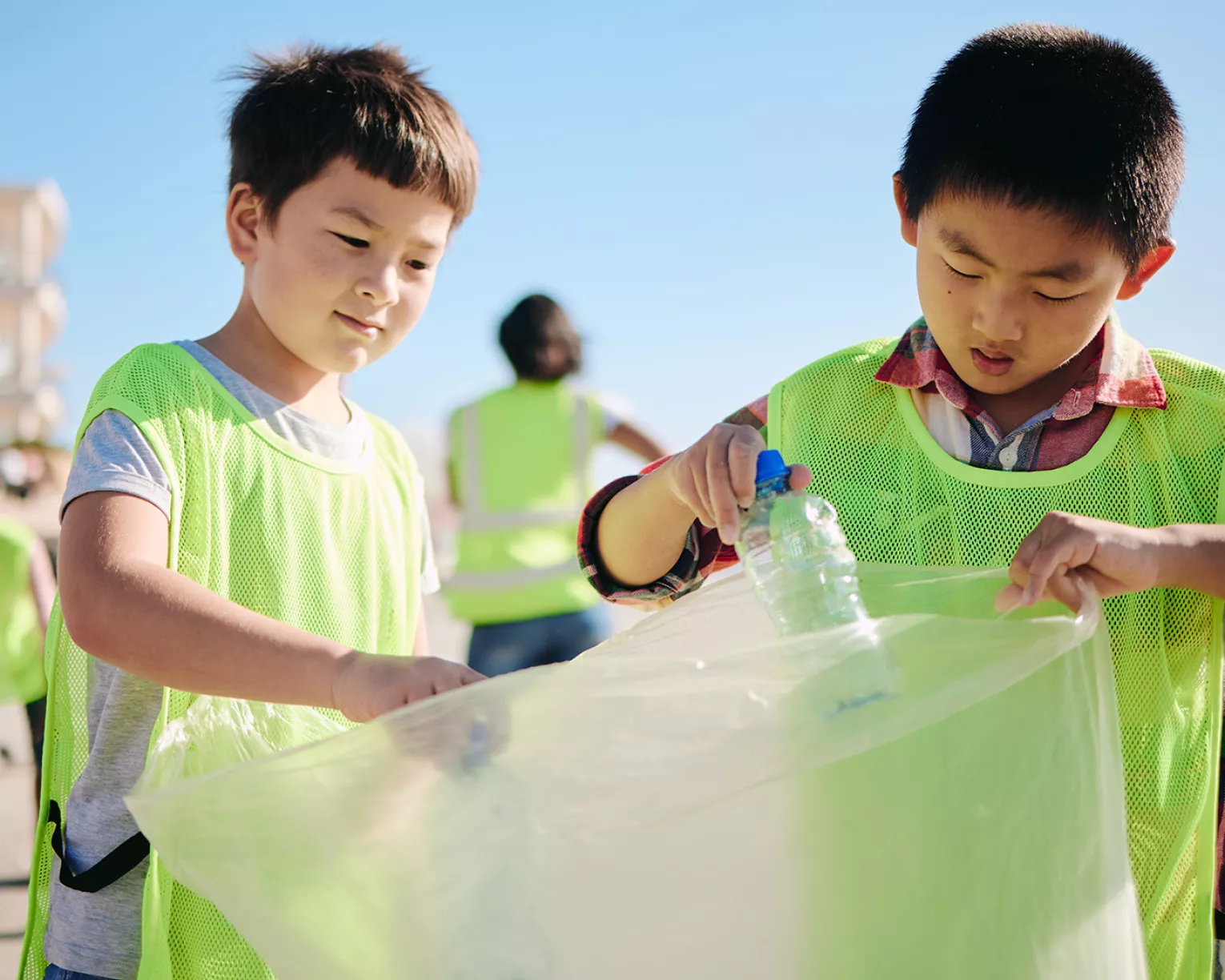
2025 Earth Day Calendar
Resources for Educators
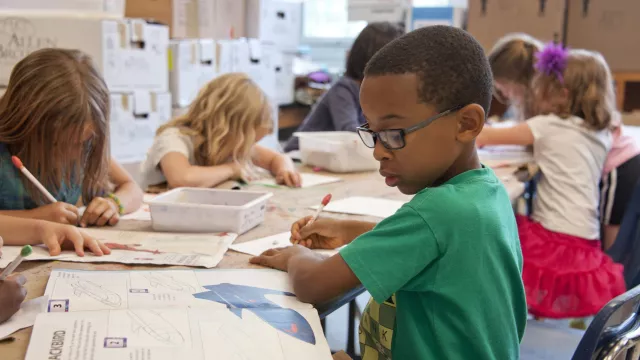
Teaching Climate
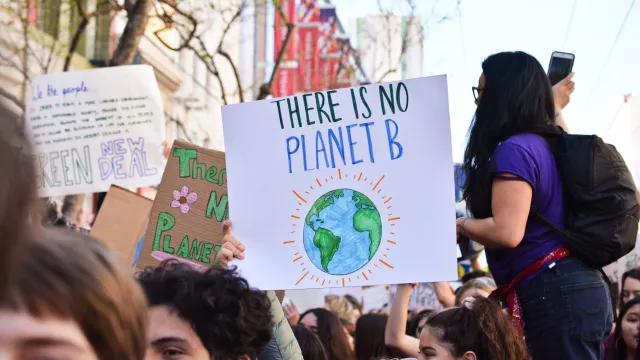
Free Course: Our Earth's Future
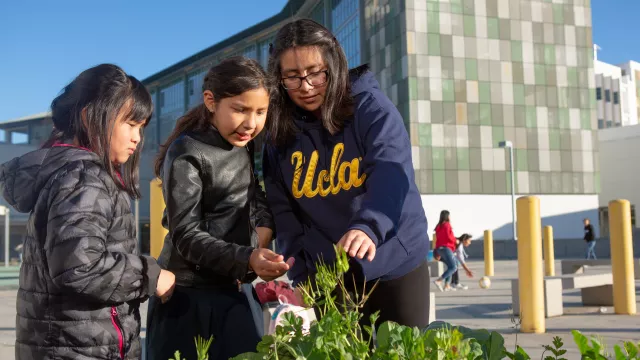
Climate Generation’s Teach Climate Network
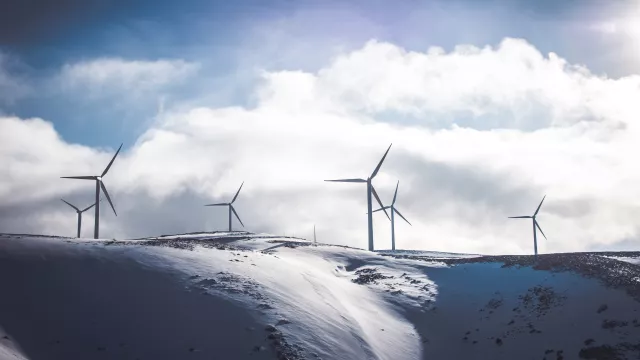
The CLEAN Collection

Green Building Lessons and Training
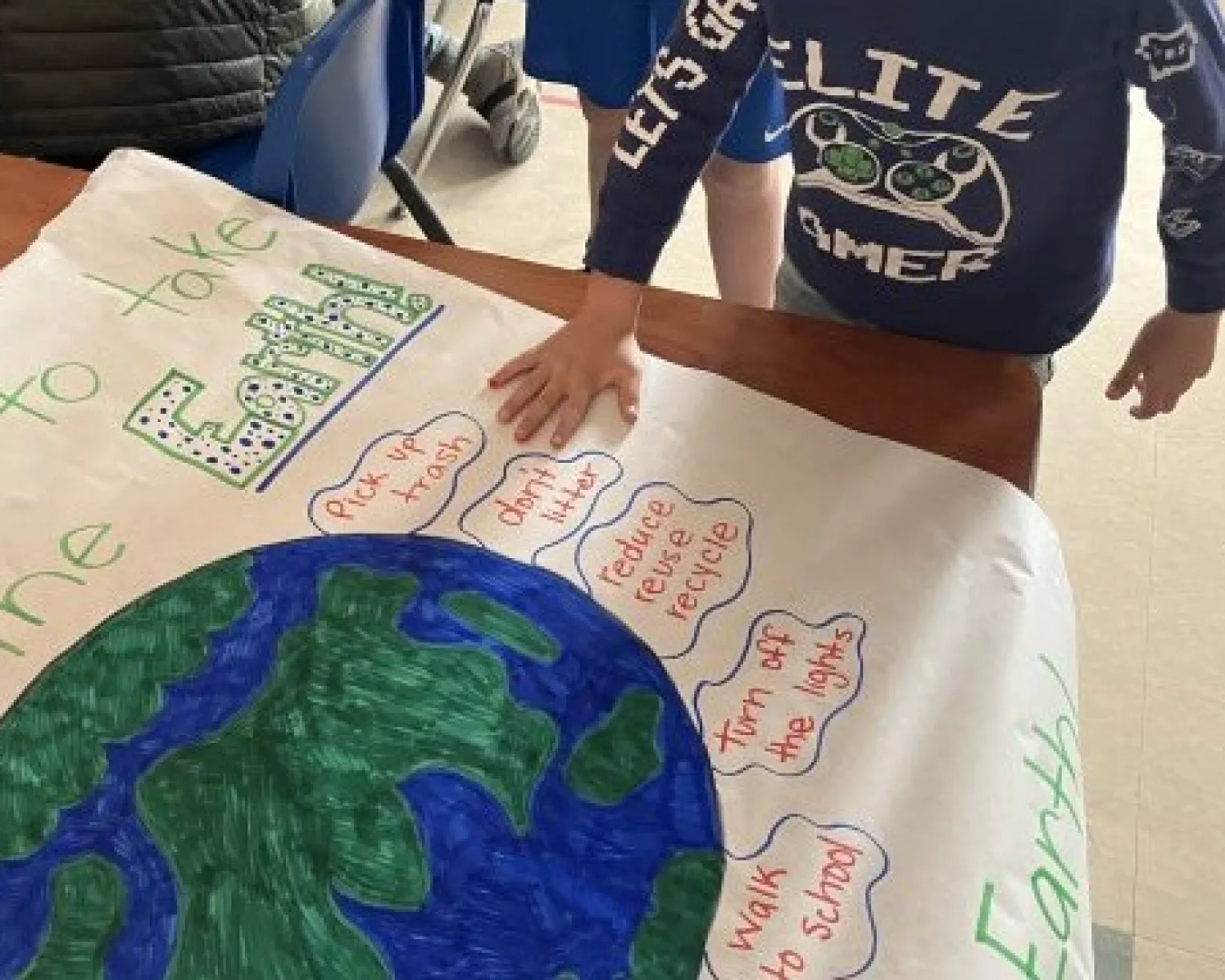
SubjectToClimate's Resource Database
Resources to help you take action
These resources developed by our partners at This is Planet Ed, Climate Jobs National Resource Center, and Undaunted K-12 can help you implement climate solutions in your school.
- This question guide can be a starting point for conversations about climate action in your district.
- A menu of climate solutions that can be implemented in schools, from 100% renewable energy resolutions to green school yards.
- This report can help you make the financial case for net-zero energy schools.
- A national perspective on the role the K-12 sector must play in our national climate strategy.
Climate Education in Action
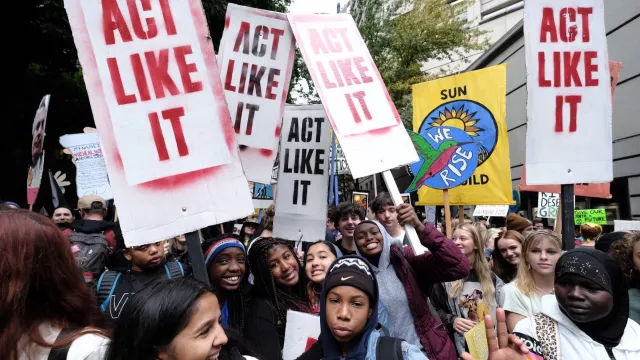
Green Schools Now!
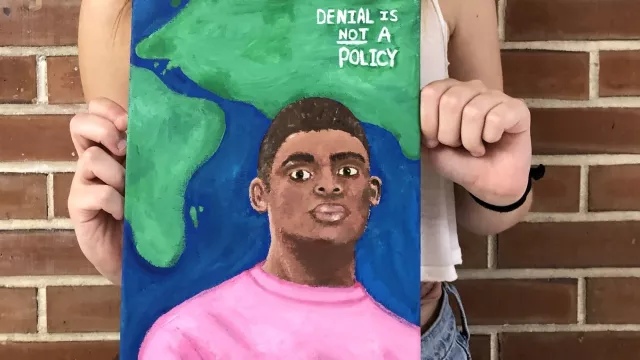
Climate Change Education in Every Subject
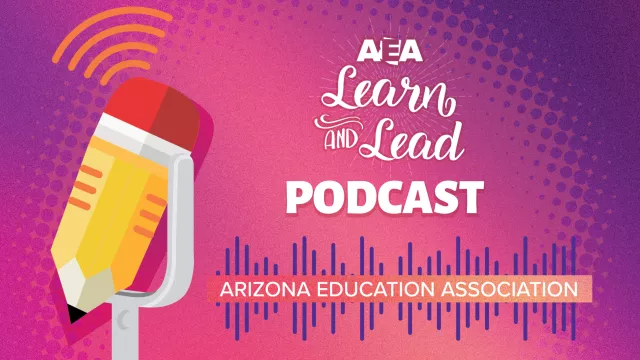
Listen: Learn and Lead Podcast
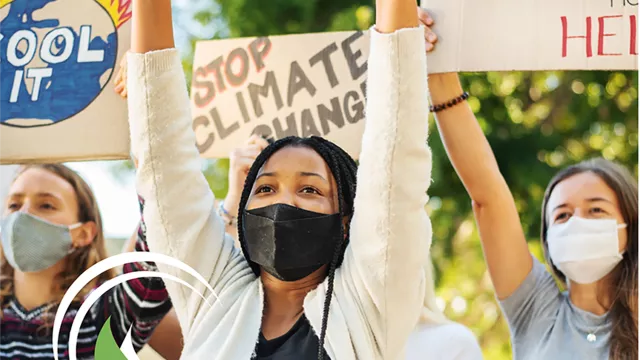
Environmental Justice: Why We Should Teach it and How to Get Started
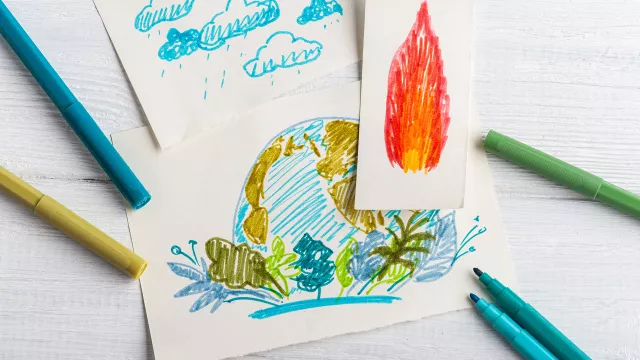
Presidential Innovation Awards for Environmental Educators
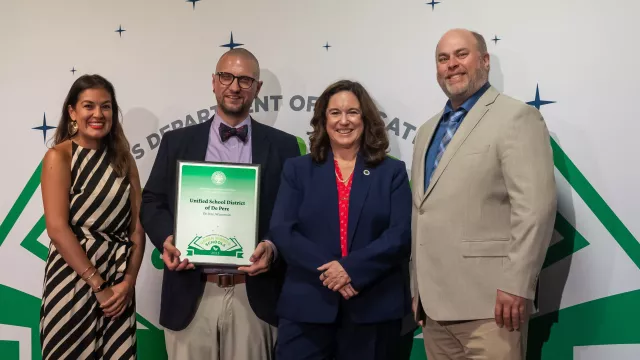
Green Ribbon Schools
Transforming our K-12 system to face the climate crisis
From air pollution to extreme weather, climate change is threatening our communities, our health, and our students’ ability to learn—that is why we must come together to build a greener future. To identify how schools can become models for climate action, NEA President Becky Pringle helped develop the Aspen Institute-led K12 Climate Action Plan. Using an equity lens, the report outlines solutions, resources, and best practices for schools, as well as policy recommendations for lawmakers at all levels.
More Policy Resources

Make Schools Safer and Healthier
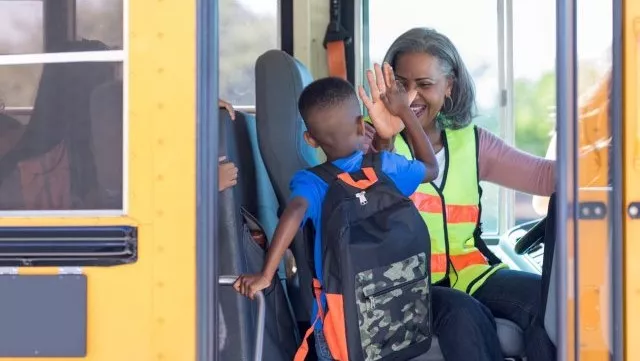
How to Fund K-12 Climate Solutions
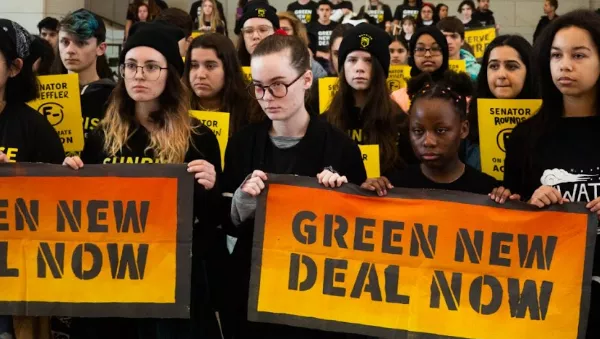
Green New Deal for Schools Campaign
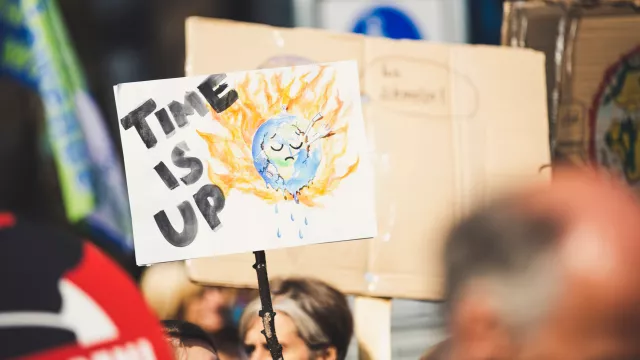
Resources to Support Advocates

People, Pensions, and the Planet
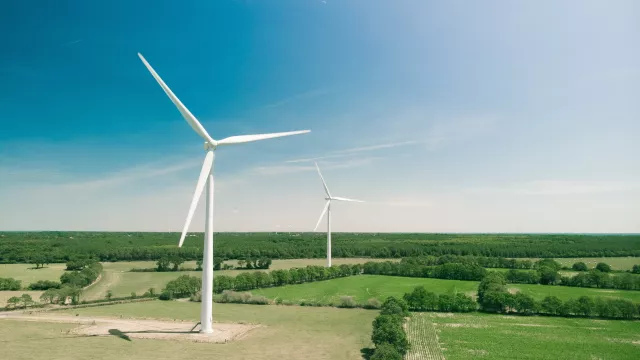
Public Pathway Working Papers
Federal Action
Bills in Congress
Learn NEA's position on pending legislation related to public education, and take action to protect our schools
-
Support
HR 5484 Green Ribbon Act of 2023 www.congress.gov
Introduced on September 14, 2023
A bill that would help make that happen by boosting states’ capacity to encourage participation in the Green Ribbon Schools program.
-
Support
HR 5784 Green New Deal for Public Schools Act www.congress.gov
Introduced on September 28, 2023
This legislation would invest $1.6 trillion over the next decade in public and Bureau of Indian Education schools to revitalize the K-12 education system, upgrade every public school building in the country, and reduce hazardous pollution.
-
Support
S 1538 Living Schoolyards Act of 2023 www.congress.gov
Introduced on May 10, 2023
This bill would authorize the Secretary of Education to award grants for outdoor learning spaces and to develop living schoolyards.
